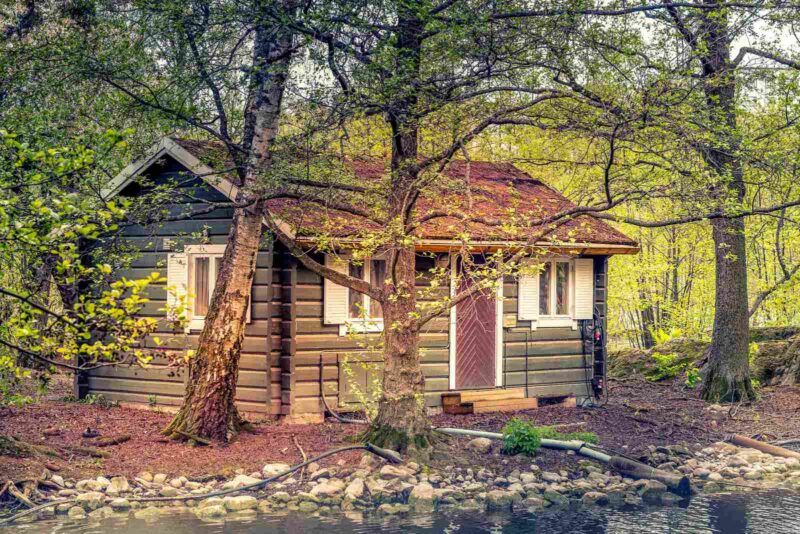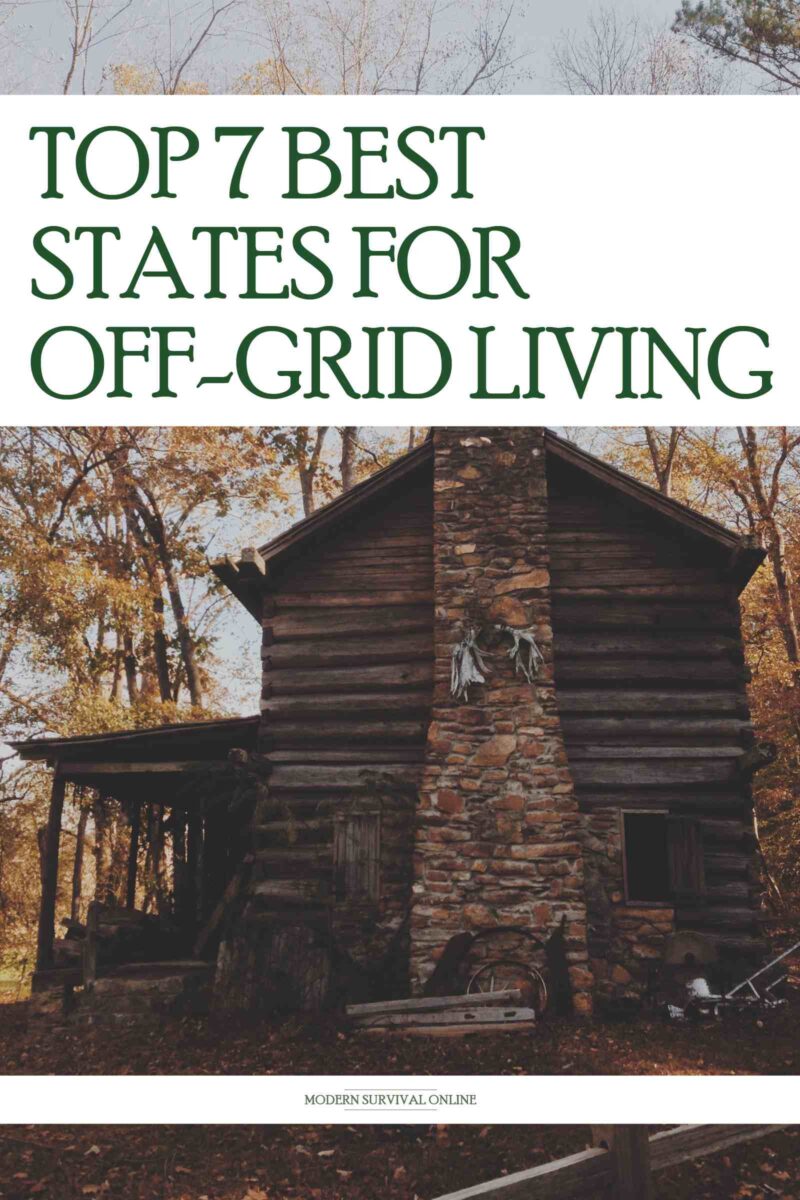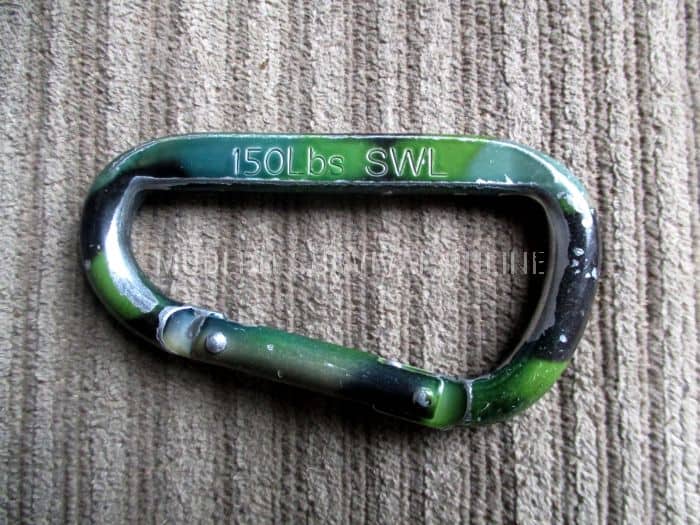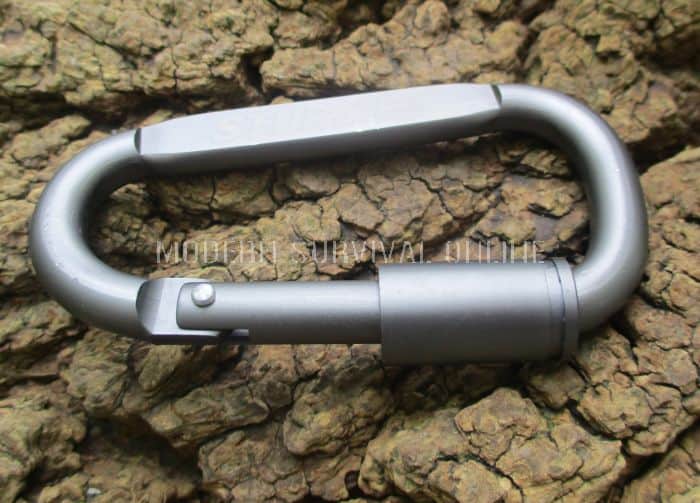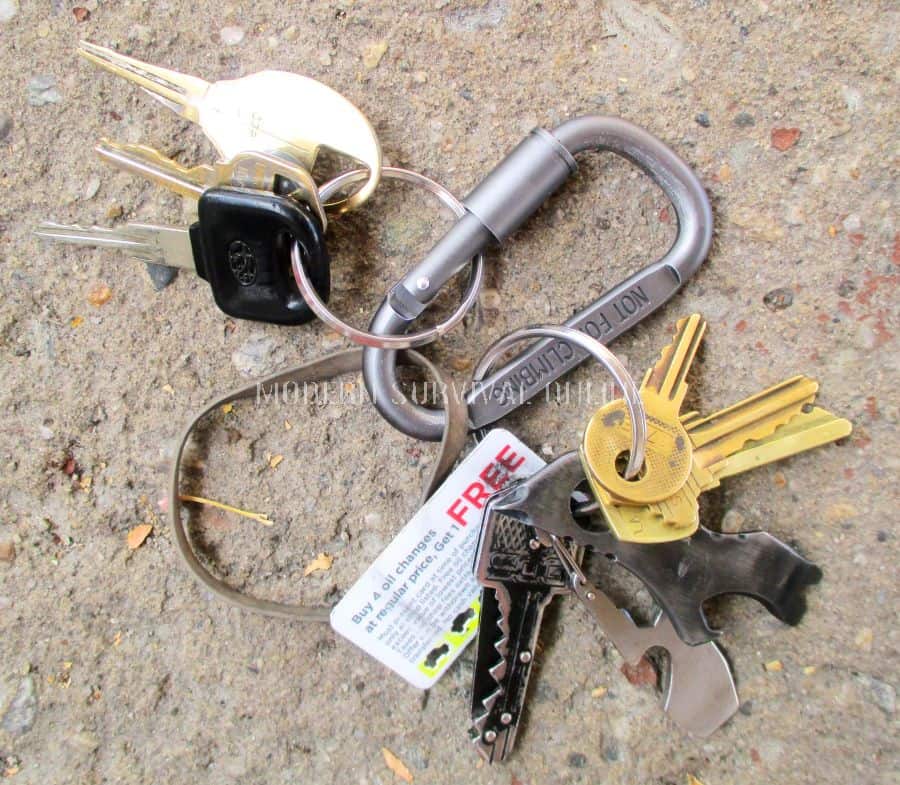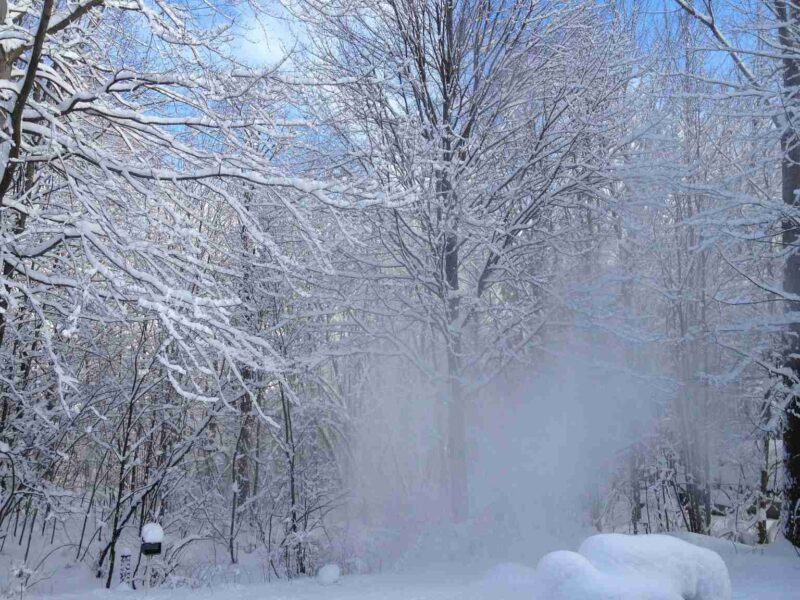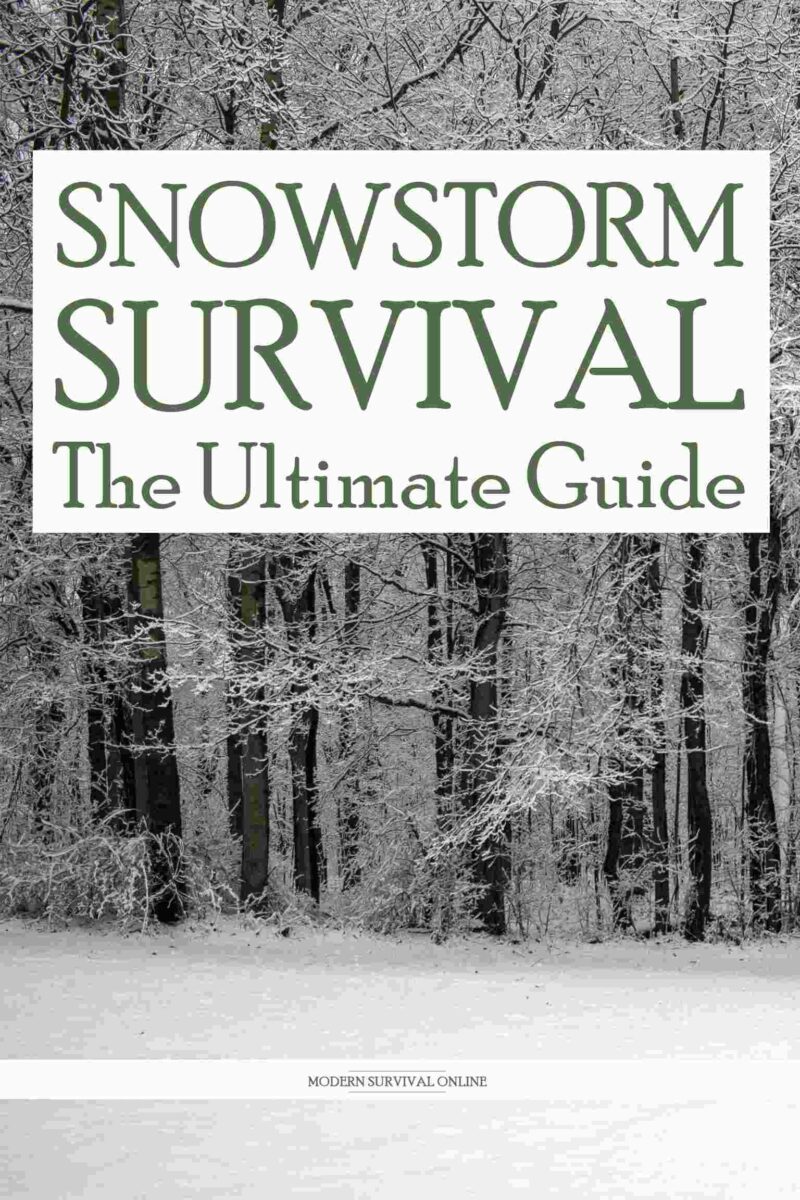When it comes to food preservation we all have it pretty easy today. Refrigerators and freezers often take center stage in kitchens owing to these devices’ singular importance. Placing food inside either is an effortless way to extend its edible life by days, weeks or even months.
Now you’re fresh food will last longer and your leftovers will not go to waste. And all that is required is a little bit of electricity.
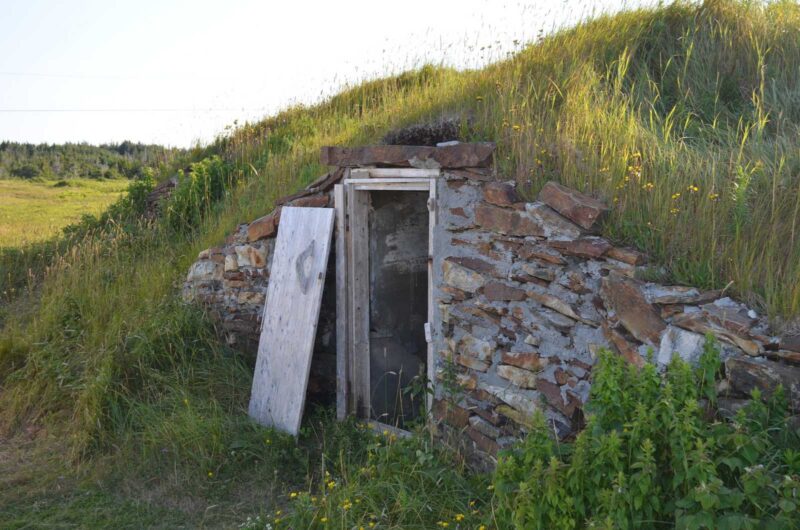
Unfortunately, we won’t always have access to electricity, and some places to this very day either have no access to an electrical grid or only partial access.
But no matter where you live and whether or not you have access to the power grid you will always have a need to extend the life of your food.
Spoilage hurts you twice: the first time by wasting your investment of time or money and the second time by depriving you of vital resources. As preppers, we must always be looking for ways to maximize our return on our investment in all things.
This is why you need a root cellar. Root cellars have been employed for centuries to preserve food, typically vegetables, and do it all without the benefit of electricity or modern technology in any way.
At first glance, root cellars might appear to be little more than primitive half-basements excavated beneath a home, but there is a lot to know regarding proper installation, maintenance and implementation.
In this article we will tell you everything you need to know about getting started with root cellars for food preservation.

What is a Root Cellar?
A root cellar is a structure or installation that is typically, though not always underground or at least partially subterranean in design.
Root cellars are sometimes known by different names, including potato barn and the traditionally English term earth cellar, but the name that we know them by is a tip-off to their intended purpose: the long-term, safe storage and preservation of root crops along with other vegetables.
Root cellars have been around for ages and though they are rarely used for their original purpose and are commonly refitted or refurbished for different kinds of storage, they can still do what they are intended to do even in this era of refrigeration and technological food preservation.
Homesteaders, farmers, preppers and even just enthusiasts all make use of root cellars to this very day.
In short, think of a root cellar as a go-to method of off the grid food preservation or as a hedge against the loss of capability made possible by modern technology.
What Sorts of Foods are Kept in Root Cellars?
All sorts of foods can be kept in a root cellar to enjoy a usefully extended shelf life before spoilage begins to take place, though fruits and vegetables are among the most common residents, and especially the “root” veggies like:
- ☑ Potatoes
- ☑ Sweet Potatoes
- ☑ Carrots
- ☑ Turnips
- ☑ Radishes
- ☑ Rutabaga
- ☑ Fennel
- ☑ Onions
- ☑ Garlic
- ☑ Beets
Other good candidates for preservation inside a root cellar include:
- ☑ Parsnip
- ☑ Squash
- ☑ Cabbage
- ☑ Lettuce
Most fruits, too, can typically benefit from storage in a root cellar, but particularly those that already have lengthy shelf lives such as:
- ☑ Apples
- ☑ Pears
- ☑ Plums
- ☑ Grapes
There are other worthwhile inclusions, and you can even usefully improve the shelf lives of citrus fruits like oranges, lemons and limes, though these latter fruits might be considered non-traditional occupants.
And you can keep more in a root cellar than just fruits and veggies!
Dairy products will hang on longer when stored in a root cellar once the power goes out and you can even extend the life of fresh meats by perhaps a day or so. Non-produce foods that will fare well in a root cellar include:
- ☑ Milk
- ☑ Butter
- ☑ Cream
- ☑ Cheese
- ☑ Beef
- ☑ Pork
- ☑ Wine
- ☑ Poultry
For true, long-term storage of meats salting, or otherwise preserving meats will do wonders when kept in a root cellar.
For any of you who are already into food preservation, particularly canning, your root cellar is also the perfect place to store your bounty even compared to your pantry or closet.
Further improving the conditions where your preserved foods are stored will only increase your chances of a long lifespan and fresh options for consumption.
The bottom line is that there is no reason why you shouldn’t make use of a root cellar, particularly if you are a prepper or already practicing self-sufficiency and permaculture.
How Do Root Cellars Work?
However they are designed and constructed root cellars and equivalent installations work the same way: by changing ambient conditions to those more amicable to the preservation of what food is stored within. This is done by controlling four important environmental factors:
- Temperature: The subterranean or partially subterranean nature of a root cellar means that the chamber will enjoy excellent insulation thanks to the surrounding soil and that goes a long way towards keeping the temperature inside closer to the ideal level for the long-term storage of crops and veggies- anywhere from just above freezing to below room temperature depending on the produce in question.
- Humidity: A properly designed root cellar will keep humidity levels in the air quite high, anywhere from 75 to 95%. Most fruits and veggies stay fresh longer in an atmosphere with higher humidity, as they tend to rot once they dry out (if not properly dehydrated first). Remember, most harvested crops and picked fruits or veggies are not dead, only dying, and continue to absorb moisture from the air. This means that proper humidity levels are critical for extending shelf life!
- Light Control: Direct exposure to sunlight or other sources of light can strip nutrients from food and encourage root vegetables to sprout, hastening spoilage. The underground nature of a root cellar means that light control is typically a simple affair and there is no fruit or veggie that will not benefit from storage in darkness. One part of proper root cellar design is allowing for light control so that you can properly store your harvest but also see what you are doing when you need to. Windows and skylights should have covers and electrical lights should be kept off when not in use.
- Ventilation: Though you want your root cellar tightly closed to prevent the intrusion of pests it is imperative that proper ventilation be maintained. Warm air must be allowed to rise up and out while fresh air must be allowed to enter. Proper ventilation ensures that mold and fungus will have a much harder time getting established and ethylene gas, emitted by several fruits and vegetables, will also be allowed to escape before it can hasten ripening and promote spoilage. An exhaust pipe in the ceiling or near the top of the wall is a must and a “sinker” intake that allows cool air in near the floor is equally important.
Any root cellar, no matter its design and no matter whether it is modern or primitive, functions by controlling these four variables.
All of the variables are important, but the internal temperature is arguably the most critical since it is low temperatures that will do the most to inhibit the growth and propagation of bacteria which can demolish your food.
An “ideal” root cellar temperature will be anywhere from 32° F to 40° F, though this will be challenging to maintain anywhere except cold regions or the most ideal locations elsewhere.
If this temperature range is not attainable, one should strive to maintain an internal temperature of 40° F to 55° F. This will not allow long-term storage for most fruits and veggies, but will suffice for shorter durations.
Large or small, so long as your root cellar can do the same you will have a powerful tool in your arsenal for the preservation of your hard won harvest.
However, depending on your specific living arrangements, locale and typical climate controlling these variables through the installation of a root cellar may be more or less challenging and all of the above factors will certainly play a part in your design and construction process. We will dig into those considerations in the next section.
Issues with Root Cellars
Root cellars are great, and especially great in situations where electricity is either unavailable, or the power grid is down, but make no mistake that using one is nowhere near as simple as digging a hole in the ground, throwing your produce inside, and then slapping a door over the entrance.
Using a root cellar, and learning to work with its eccentricities is a skillset unto itself and then there is the matter of necessary, constant and ongoing maintenance you will have to attend to.
As one would expect from such a simple installation, without benefit of modern technology and materials the atmospherics inside a root cellar’s main chamber are highly variable. The temperature and the humidity will not be anywhere near even, or constant.
You’ll need to learn the “moans and groans” of your particular root cellar, learning which spots are moistest or driest, which sides are prone to higher temperatures and lower, and how these peculiarities change throughout the year.
Depending on the specific style and installation, maintenance will be a prime consideration. You might need to moisten the floor and even the walls periodically to achieve the humidity level that your produce requires.
Ventilation systems might require louvers allowing you to open and close them at certain times to modulate air flow, temperature and humidity alike. Without benefit of modern sensors and microcontrollers powered by electricity this will be a manual operation that you’ll need to attend to day in and day out.
Not for nothing, like I mentioned earlier modern refrigeration is a miracle, not just for its consistency and precise control but also for its convenience.
Our food preserver is now basically a large piece of furniture that we keep in our house, and can access at any time day or night without even getting out of our jammies.
If you’re going to fetch some food your root cellar, at least a typical external root cellar, you need to throw on shoes and maybe pull on your coat or rain slicker depending on the weather before you trudge out to the root cellar, enter it, gather what you need before taking care of any attendant tasks and then trudge back inside your home. If it sounds inconvenient that’s because it is!
Only the most conveniently built or attached root cellars will be anywhere near as convenient or easy to use as a modern refrigerator or freezer.
Root cellars are great and you are wise for wanting to learn more about them and include them in your preparedness plan, but give up now any romantic notions about their ease of use or convenience.
Root Cellar Design and Construction
The beauty of a root cellar is that installing one, no matter your situation, is usually well within reach of both the finances and the capabilities of the average prepper, so long as you take some time to account for all the salient factors and plan the job right.
Even better, you don’t necessarily need to start from scratch, as your existing home or property might already have features that will allow you to easily adapt a space to a root cellar or more easily construct one.
Regardless of whether or not you’ll be going the primitive or austere construction route, or building your root cellar according to more modern methodology, the materials that will be required for the majority of designs are broadly the same:
Materials
- Soil: The walls and sometimes the roof of a root cellar are typically encased in earth. This is primarily responsible for the excellent insulation that root cellars enjoy and, as mentioned previously, is vitally important for lowering and maintaining the interior temperature. For most traditional root cellar installations, you will be digging or otherwise removing plenty of soil to get the job done.
- Stones: Root cellars of an above ground or partially above ground nature will oftentimes rely on stone walls for strength and stability, and occasionally will incorporate stones into the flooring to facilitate drainage if required.
- Gravel: Gravel usually lines the surface of a root cellar’s floor, at least in traditional installations, in order to help promote ventilation and appropriate humidity levels. Allowing moisture to rise through the soil and into the air is important, and modern installations that rely on concrete or some other encapsulating flooring often struggle to maintain this appropriate level of humidity without exterior assistance.
- Timbers/Boards: You’ll need timbers or boards to provide support throughout your root cellar, and also to form useful partitions and shelving for storing your produce. A classic installation will use roughly sawn and shaped timbers for the purpose though modern lumber is acceptable. Note, if at all possible untreated lumber should be used in the latter case as pressure treated or other specialty, modern varieties may off gas chemicals that will have deleterious effects on the stored food within. Also consider using wood that fares well in high humidity conditions like cedar, which also happens to have antimicrobial properties.
Excavation Type
Now that you know generally what materials will be required for proper construction of typical root cellars it is time to start considering what kind of installation will best serve you. Root cellars generally fall into one of three broad categories:
- Dug: The most common form of root cellar installation. Many of the best root cellar designs are completely below ground or nearly so and if the arrangement of the domicile and the local soil is favorable the root cellar can be dug out of the ground entirely.
- Excavated: On steep terrain or near a hillside, excavating the root cellar laterally from an existing slope is often easier than digging down on level ground. This gives up very little, if anything, in terms of efficiency. This is an excellent option for those who can make use of it.
- Piled: When the ground is too stony, too difficult to dig in, or the operation is just too laborious, an effective root “cellar” can be constructed entirely above ground, or almost entirely above ground. By crafting a sturdy room and then piling soil on top of it before lining it with sod you can get most of the efficiency and capability of a below ground root cellar above ground, though it technically isn’t a proper root cellar anymore!
Over the centuries, variations on the basic root cellar design have emerged as a direct consequence of local terrain, culture and the typical produce or other foods being stored within.
This has given rise to various notions of what a typical root cellar is depending on where you live in the world or even region by region in a particular country. A few of the most common styles of root cellar are listed below.
Styles
- Traditional: The most traditional of root cellars are completely underground or nearly so, and located outside of the dwelling. Usually accessed via an equally traditional seller door and either a short, steep staircase or even a ladder, these root sellers often provide the very best insulation and light control, and are excellent for colder climates.
- Under-Porch: The under porch style of root cellar is usually installed directly adjacent to a dwelling though it is still not accessible from inside it. In decades past, this type of root cellar was installed directly underneath a front or back porch and entered via a trapdoor installed in the same, hence the name. This gives a little more convenience in use since all you have to do is step out your door to get to it, and they are easily constructed when primary construction of the dwelling is underway or a porch is being added to an existing house.
- Basement: The basement root cellar, as obviously suggested by the name, is either a repurposed basement space or installed in an existing, unfinished basement, though some folks use a room in a basement and simply call it a root cellar. Ultimately one of the most convenient options, these nonetheless struggle compared to more traditional versions because modern materials like poured concrete and cinder block do not fare well for humidity control and similarly make proper ventilation challenging.
- Earthen Berm: An earthen berm-style root cellar is installed partially above ground, typically located in an existing depression or by excavating out the center of a comparatively small mound, or berm, of soil which is then layered back over the roof of the newly-built structure. Efficient and comparatively easy to install, these root cellars must be protected with fencing or other obstacles to keep people and animals from unknowingly walking over the roofs!
- Soil Roof: A soil roof root cellar is an above ground structure that is typically constructed similarly to an A-frame shed or quonset hut. With the roof completed soil and sod are laid over top to insulate the interior from the sun. Being almost entirely above ground, these are again not technically a cellar at all, and are usually referred to by the moniker “potato barn”. Depending upon the pitch of the roof barriers might need to be installed to protect the roof from being walked upon, similar to the earthen berm-style root cellar above.
- Minimalist: Those who don’t have the time, resources, or requirement to install a legitimate root cellar can still take advantage of all the same capabilities by burying a barrel, bucket or similar container that is capable of achieving control over the atmospheric conditions critical to the long-term storage of produce as described elsewhere in this article.
Most root cellars, no matter their type or design, will benefit from a few common design features:
Useful Features
- Hatch: For any underground or mostly underground root cellars a flat or low pitched door, be it a traditional cellar door or proper hatch, is a requirement for access and will facilitate entering and exiting the root cellar using the minimum possible space. Take note that doors of this type must be carefully sealed against intrusion from pests and water, be it from rain or other above ground sources.
- Ladder or Stairway: A steep stairway or even a short ladder may be required to descend into the root cellar proper or its antechamber. Whichever is required or best for your purposes make sure it is sturdy and safe so that it can stand up to regular traffic.
- Double Door: A double door or “airlock” setup utilizing a small antechamber outside the Root cellar proper is a smart feature to install in environments that could easily compromise the conditions inside the main root cellar chamber. Entering through one door into a smaller chamber allows you time to close the exterior door, and then open the interior door into the storage room while keeping out air that is too hot or too cold. This will help keep the conditions inside the root cellar stable and your produce in good shape.
Here you watch two videos on DIY root cellar construction so you can get a jumpstart on your own installation. The first makes use of modern materials, tools and heavy equipment combined with a traditional and indeed attractive exterior design:
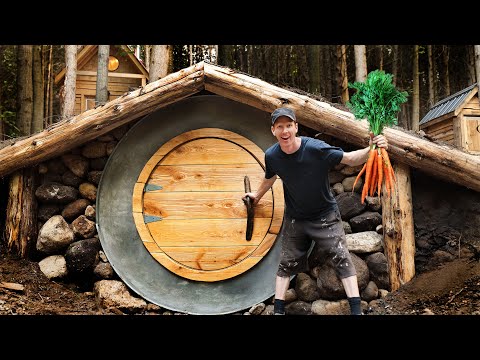
The second is more austere, but is dug and installed the old fashioned way- by hard, laborious hand digging!
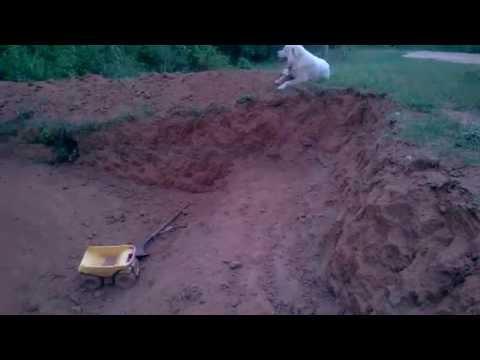
Easy, Alternative Root Cellars
If you don’t have the time, inclination or gumption to go through all of the many steps required to properly site, design and install a traditional root cellar you still have options for making use of all the advantages one can provide for you so long as you are willing to repurpose existing items and use just a little bit of elbow grease.
Both of these options are great for those who are short on time, lack serious manpower or just need root cellar capability in a great hurry:
Old Refrigerator or Freezer Cellar
There is definitely a little bit of ironic comedy in this method, whereby you repurpose an old, busted refrigerator or broken freezer to serve as the root cellars that they almost entirely replaced in our modern era.
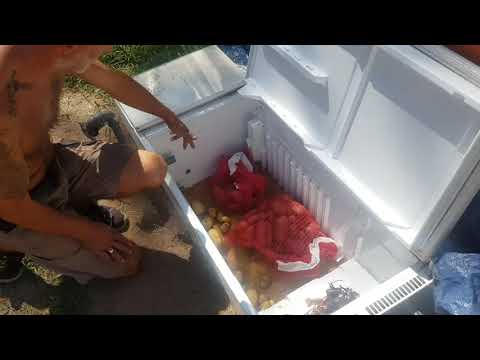
To employ this method, you obtain said busted appliance, got it of all of its mechanical and electrical components while taking special care to ensure that the refrigerant inside is properly disposed of and then you bury the chassis several feet in the ground atop a layer of rocks or large diameter gravel.
You need to drill a few holes in the chassis to allow the circulation of air and moisture and also properly grade and support the surface installation to prevent soil from falling in every time you open the door. With just a little bit of ingenuity, you can have an effective, if small, root cellar in less than a day.
Garbage Can Cellar
The garbage can at root cellar works on a similar principle to the refrigerator method above, but owing to the cylindrical shape of a typical garbage can, plastic or steel works fine, you’ll need to employ stacking or nesting racks or other holders to segregate the produce you store inside.

Installing one of these root cellars is an even simpler affair then the refrigerator or freezer method above since it is so easy to drill into and otherwise modify a trash can.
However, you’ll need to pay particular attention to drainage since these containers are fairly notorious for accumulating water no matter how hard you work to prevent such occurrences.
Important Considerations for Using a Root Cellar
Aside from the basics of design and construction we have covered here there are other important considerations for any root cellar user who wants to be assured they will get the most out of it.
First and foremost is to understand what you can expect from a given root cellar in your particular environment…
Root cellars work best in environments that are chilly or can expect seriously cold seasons. Very hot, arid or tropical climates pose a serious challenge for any root cellar as their efficiency will be seriously impeded. There is only so much you can do to counter such environmental extremes without the benefit of modern refrigeration!
It also pays dividends to learn as much as you can about the produce or other foods you plan on storing in your root cellar.
The baselines in this guide are exactly that, baselines, and specifics regarding temperature, humidity and other variables can be significantly different from one kind of fruit or veggie to the next. The more you know about your produce the better able you’ll be to tailor your root cellar to support your storage plan.
Lastly, you don’t need me to tell you that pains must be taken to secure any root cellar and the items it contains against pests and water intrusion from any source, something that is easier said than done when utilizing primitive methods.
If you have the benefit of modern tools, construction materials, and other assets, the task becomes notably easier but depending on your locale and the attendant wildlife, keeping your bounty safe from thieving critters or pests who could ruin it might be a full-time job.
Similarly, it might be challenging to locate your root cellar in such a way that it will have ideal conditions internally while also being safe from the typical path or accumulation of surface precipitation.
Conclusion
Root cellars are venerable, time-tested and relatively simple installations that people all around the world have made use of, and continue to make use of for safely storing and preserving produce and other foods of all kinds.
Root sellers are among the simplest technology for modulating atmospheric conditions to make them more favorable to fruits, vegetables, dairy products and even meats.
Learning how to design, site, construct and utilize a root cellar is an invaluable tool in a prepper’s toolbox, especially for homesteading purposes.
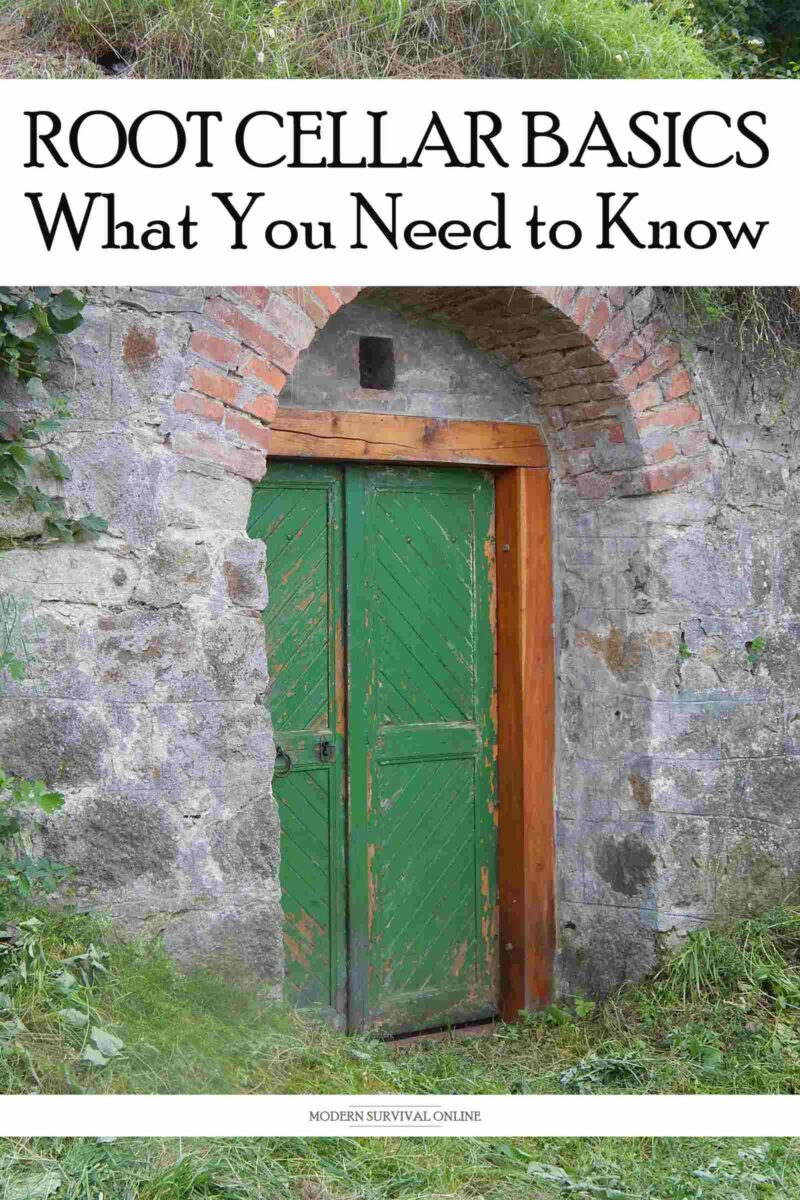
via Modern Survival Online https://ift.tt/3AZ84aL
